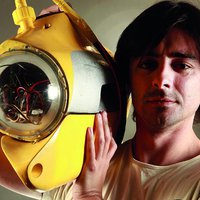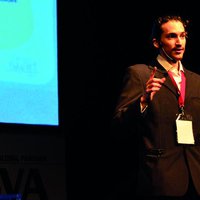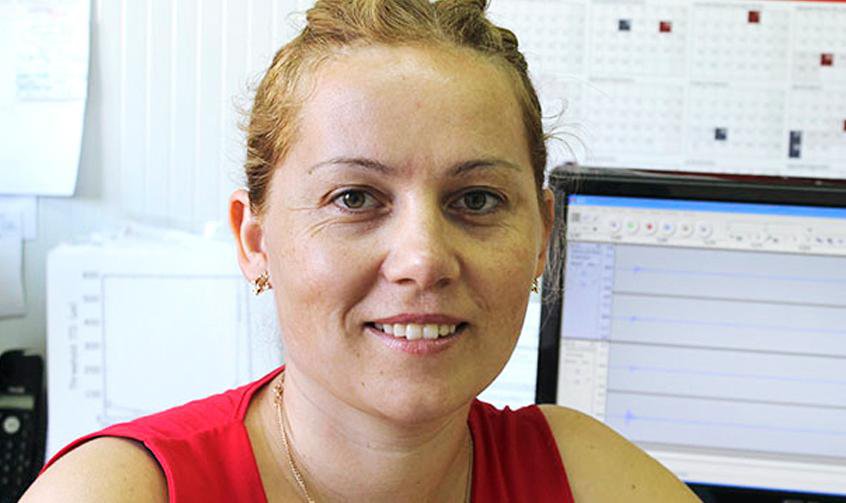"There are 40 million totally blind people in the world, and over 120 million with visual impairments, which limit their eyesight. For the majority of them, roaming independently in the outdoor space, take public transport, avoid people, steps, cars or other fixed or moving obstacles is a major challenge. A great part of them uses a stick to detect obstacles and dangers, but this offers a very limited capability. What if a car is moving towards them? Providing them with a more advanced tool to ease their movements motivated Larisa Dunai and her fellow researchers at the University of Valencia to develop an Electronic Travel Aid (ETA) system especially tailored for them.
In a nutshell, the system consists of a pair of special glasses equipped with cameras, a computer carried in a rucksack, and a set of headphones. The software on the computer processes in real time the camera's images to detect objects and their trajectory with respect to the itinerary and transform such information into an “acoustic map” that the user can perceive through the headphones.
After her undergraduate degree in Electronic Engineering in Moldova and a PhD in Computer Science in Prague, Dunai moved to Valencia for her postdoctoral research in Product design, where she focused on psychoacoustic and cognitive systems. Developing such a complex system required the application of a broad spectrum of skills, from image processing and identification of objects, to the determination of the information which is most relevant to the user, and finally to the design of the “click” sounds used to carry such information right to the users' ears. The object is represented by a specific sound for each pixel of the image. With some short training, the shape of the object is quickly and amazingly recreated directly in the brain, similarly to the way the bats' sonar system works. That is why Dunai relied on a long-term collaboration with neurophysiologists: “The clicks must not sound like any other sound in the environment, and must be easily discernible,” she explains.
“The feedback of real users was extremely important to develop the system,” she recalls, “for instance, they made it clear to us that knowing the nature of the object coming towards them was not important.” This is because the environment is perceived through the other senses, too: noises, scents, air, all carry essential information to “complete the picture.” This allowed Dunai to focus on the key elements that her system could bring: the perception of the environment in a 60° angle in front of the individual and within a 10m radius, where detecting obstacles is most crucial (because of the potential danger) but where they cannot be experienced through the other senses.
The first models of this system were created within the CASBliP Project of the European Commission and presented in 2011. Dunai is now working on improving this system through the adoption of CMOS-based sensors, replacing camera images, and reducing the size and weight of the system. So that losing the sight will no longer mean being cut off from the outside world."




